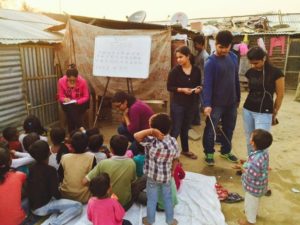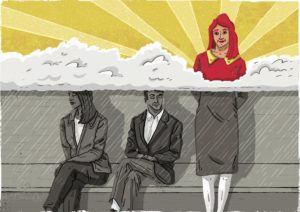With the unprecedented propagation of Novel Coronavirus-19 or COVID-19, the last few weeks has been exceptionally unpredictable, worrisome and restraining for everyone on the face of earth. Be it rich or poor or from any nationality, lives have been severely impacted due to this outbreak which has spread so rapidly that it caught many so-called developed nations by total surprise. We all have learnt many new terms which were unheard of a few weeks ago like “Social Distancing”. Even those who had never worked from home are now forced to do so. Many established norms and role models have got challenged in such a short span of time.
India and its leaders have responded fast and responded well to contain this emergency. Only time will tell whether we come out of this serious issue unscathed or it will leave us with marks difficult to erase. However, one thing is sure that our thoughts and paradigms will certainly change for the future.
What has been the best friend for all the citizens during these testing times is Social Media. Whether it is any platform being used, dissemination of information through Whatsapp and other medium has been really fast. Compared to a century ago when Spanish Flu arrived in India in 1918 and spread like wild fire over the next many months, information about COVID-19 has spread more rapidly and has been more widespread. Without advancements of last decade or so in realms of Social Media, the information flow about this disease, steps to prevent it and efforts to contain it might not have been as fast as they are currently. Information and mis-information has flown freely in the last two months since it first became noticed in Wuhan. It has helped spread caution amongst a large segment of India’s population including those from Rural areas or from poor segments of the society. At the same time, it has forced Governments to take note and initiate actions to contain the disease.
We have all seen alarming as well as funny forwards that we have received over last several weeks. Be it videos of movie stars like Katrina Kaif washing their own dishes or Police forces trying to contain violators of Lockdown across many states or Kartik Aryan warning us about the seriousness of this disease, Social Media has kept us entertained and well informed about the actions needed from the citizens to help contain this disease. One of the many forward’s received read “To all the Country Heads, Marketing Heads, Vice Presidents……. Bartan Dho Liye?”.
We are fortunate that our Government has been working to contain this disease and used Social Media to help stop this disease in India. Unlike the Mayor of a city in Europe who wished to celebrate February 1st 2020 as “Hug a Chinese Day”, our Government has issued strict warnings and given the do’s and don’ts clearly enough. We might have been bombarded with too much information in too short a span of time with same message received in several groups, Social Media definitely has aided in helping create awareness about this disease. Hoping that we all come out of this stronger and better and take lessons to celebrate life and humanity. Please join me in the chant “Corona go….. 😊”




